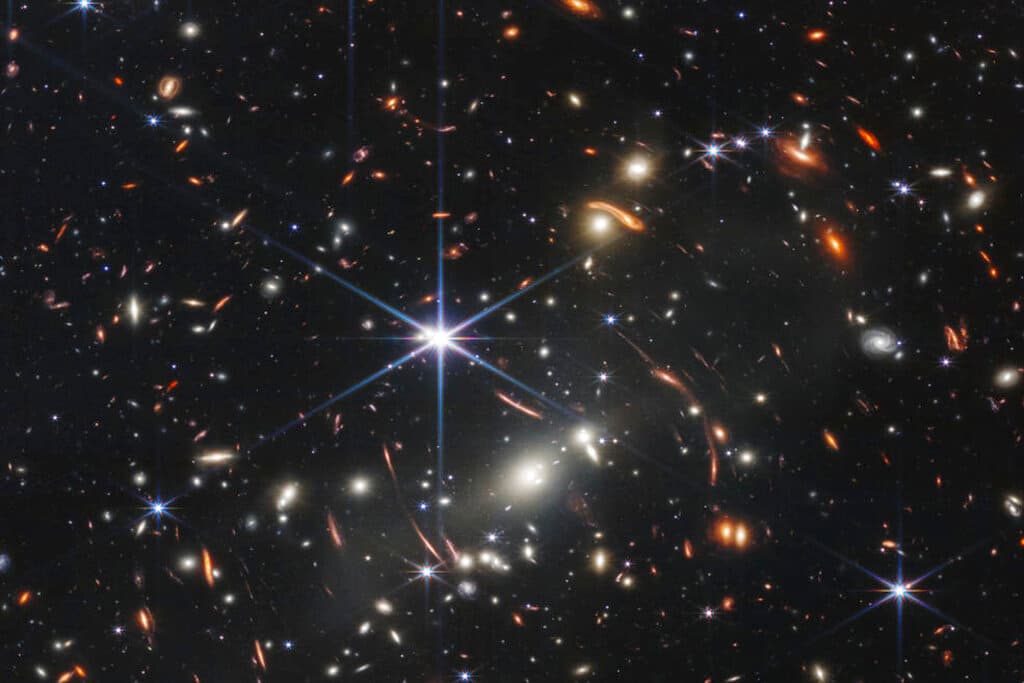Space Telescope Finds Habitable, Icy Exoplanet Not So Far From Earth
Researchers suggest that between ten and 20 percent of the planet’s mass may be composed of water.

Scientists have identified an exoplanet that may possess an Earth-like atmosphere and the potential to support life, and in space terms it’s really not that far away.
Previously thought to be a mini-Neptune — a type of gas dwarf with a thick atmosphere of hydrogen and helium — new findings suggest the planet is actually a rocky or icy “super Earth.”
Located just 48 light-years from Earth, LHS 1140 b orbits within its red dwarf star’s habitable zone, meaning it receives enough radiation to allow for liquid water, according to data from the James Webb Space Telescope.
“This is the first time we have ever seen a hint of an atmosphere on a habitable zone rocky or ice-rich exoplanet,” NASA Sagan Fellow Ryan MacDonald, coauthor of a paper accepted for publication in The Astrophysical Journal Letters, said in a statement.
“Detecting atmospheres on small, rocky worlds is a major goal for JWST, but these signals are much harder to see than for giant planet atmospheres,” he said.
LHS 1140 b, first discovered in 2017, is more than six times the mass of Earth and has already piqued scientists’ interest due to its proximity to our solar system. The latest observations suggest that the exoplanet might support a thick atmosphere, making it one of the best candidates for further study.
“LHS 1140 b is one of the best small exoplanets in the habitable zone capable of supporting a thick atmosphere, and we might just have found evidence of air on this world,” Mr. MacDonald said.
The lead author and Université de Montréal doctoral student Charles Cadieux echoed this sentiment. “Of all currently known temperate exoplanets, LHS 1140 b could well be our best bet to one day indirectly confirm liquid water on the surface of an alien world beyond our solar system,” he said in the statement. “This would be a major milestone in the search for potentially habitable exoplanets.”
Researchers suggest that between ten to 20 percent of the planet’s mass may be composed of water, indicating the presence of a sub-surface ocean or a massive ice layer.
“If that were the case, the exoplanet would sport a 2,485-mile-wide ocean on its surface, measuring a balmy 68 degrees Fahrenheit,” noted the researchers. “This is our first tantalizing glimpse of an atmosphere on a super Earth in the habitable zone,” Mr. MacDonald said.

